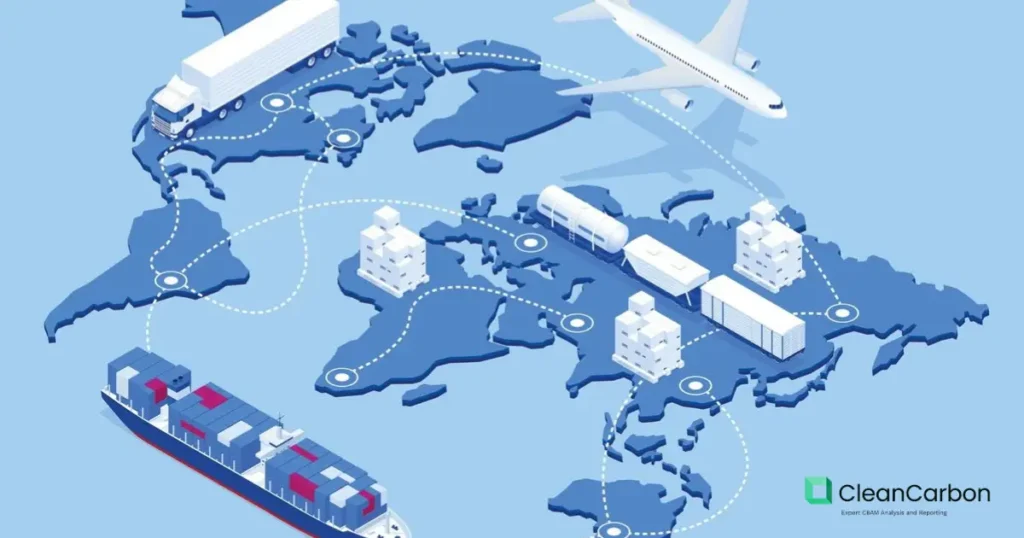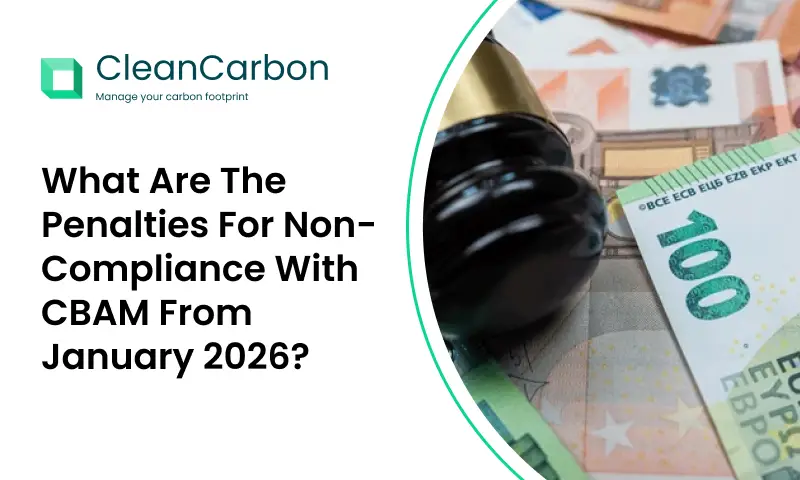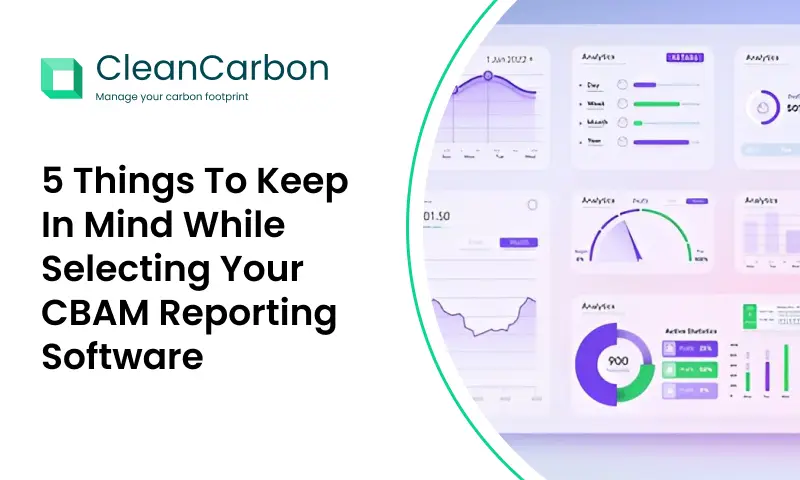CBAM Importance is picking up momentum unbeatable in 2025 as climate regulation takes center stage on global trade, industrial change, and green responsibility. The European Union-born Carbon Border Adjustment Mechanism (CBAM) is not just a rule-making innovation—best described as a climate necessity ringing true far beyond the EU. As nations, firms, and investors join the green train, grasping the CBAM significance has become the business- and policy-proofing solution of the future.
CBAM Importance in International Climate Policy
The CBAM importance is one that comes from being a climate and economic instrument. Having been established to put EU-based businesses with significant carbon pricing on the same level, CBAM charges imports from nations without the same extent of climate action the same carbon costs. The policy dissuades carbon leakage—firms relocating manufacturing to low-regulating countries—and rewards cleaner industrial practices everywhere.
Overall, CBAM turns products’ carbon content into a count wherever they are produced. For policymakers, it’s a means of strengthening domestic climate policies. For international businesses, it’s an unequivocal message that sustainability cannot be an add-on anymore.
CBAM Role in Redesigning Supply Chains
Among the core elements of CBAM significance is the ability of global supply chains to be redrawn. With companies reconsidering sourcing, production, and logistics choices, carbon intensity is at the forefront. These trends influence sectors such as steel, aluminum, cement, and fertilizers—sectors with high emissions and closely watching new tariffs.

By 2025, already multinationals start rescaling their plans to evade CBAM expenses. The non-carbon-pricing country suppliers now have an easy choice: reduce carbon or become uncompetitive. The international ripple effect has motivated a few non-EU countries to establish their own carbon border regime or increase domestic climate ambitions, even more, highlighting the CBAM importance in the international political scene.
First Signs of CBAM Importance in 2025
The first phase of CBAM enactment was launched in 2023 when reporting requirements. It will be operational in 2026, making financial changes a function of embedded carbon. However, already by the deadline, CBAM importance is evident in market behavior.
In 2025, EU customs’ preliminary data show a massive decline in high-emission imports. Exporters are changing their business model by investing in cleaner technology as well as enhanced carbon reporting. EU importers are questioning their suppliers, and they demand transparency and environmental performance data.
The initial real-world CBAM effects demonstrate that it’s not just a bureaucratic barrier—it’s a change in operations. The companies that already have low-emission procedures and carbon transparency established are being ahead of the curve, while companies that don’t want to change are paying more and getting less access to the market.
CBAM Role in Shaping Global Policy
The CBAM significance extends no farther than the edges of Europe. It has become a model for global climate policy. Canada, Japan, and the United States all are examining similar actions, cognizant of the competitive distortion and environmental hazard created by uncoordinated climate policies.
CBAM is also a diplomatic tool. Trading partners are now having more substantial conversation about emissions levels, carbon pricing, and collaborative efforts at decarbonisation. The pressure is no longer from the activists alone—it’s rooted in the economics of trade. That’s a profound change in the way countries are doing negotiating and harmonizing environmental regulations.
Business Strategies and CBAM Importance
To firms, the CBAM importance is not merely about regulatory compliance. It’s about alignment. Firms that incorporate sustainability in core operations will prosper under the new regime, but those firms that consider CBAM to be something peripheral to align themselves with will miss the boat.
The most critical performance metrics right now are supplier emissions transparency, lifecycle emissions, and carbon per product. Investors are also monitoring how firms react to CBAM—Applying it as a proving ground for ESG legitimacy. Greenwashing in 2025 will not be tolerated when carbon tariffs render environmental performance measurable and traceable.
CBAM Significance in Fostering Green Innovation
One of the more optimistic aspects of CBAM significance is that of a catalyst for technological innovation. Confronted with the carbon surcharge, the sectors are moving swiftly towards converting to clean technologies. Whether it’s green cement production or steelmaking with hydrogen, there is now no choice but to innovate—innovation is survival-driven.
Startups and clean tech firms are also taking advantage of it. The CBAM mechanism is generating new channels for traceable supply chains, low-carbon manufacturing processes, and carbon accounting uses. The mechanism that once seemed like a trade barrier is now architecting a climate-aligned economy full of opportunities for those that move quickly.
Public Awareness and CBAM Importance
Why the CBAM importance is so much more critical in 2025 is that it is shifting more and more into mainstream public discourse. The customer is becoming ever more conscious of how global commerce affects the environment. Companies are now being compelled to act not only for their direct greenhouse gas emissions, but for the carbon in their supply chains. CBAM, in this sense, is an expression of a world unwilling to outsource its environmental costs.
CBAM and carbon border measures are being incorporated into economics and sustainability study courses by institutions. This academic acceptance guarantees that leaders of tomorrow realize the balance between economic mechanisms and environmental objectives.
Conclusion: Accepting CBAM Relevance for a Green Future
To ignore the CBAM importance in 2025 is to ignore the future of trade, policy, and sustainability. The Carbon Border Adjustment Mechanism is not just an element of European regulation—it is a revolutionary idea that forces governments and businesses to rethink value creation in a carbon-limited environment.
With the world moving towards climate-neutral economies, CBAM will continue to shape market forces, policy contexts, and innovation pipelines. To companies, it is no longer a choice to close one’s eyes to CBAM. It is no longer a question of whether CBAM is important or not, but of how soon one can jump on its bandwagon.
Read Also: How Carbon Border Adjustment Mechanism Changes Trade in 2025






